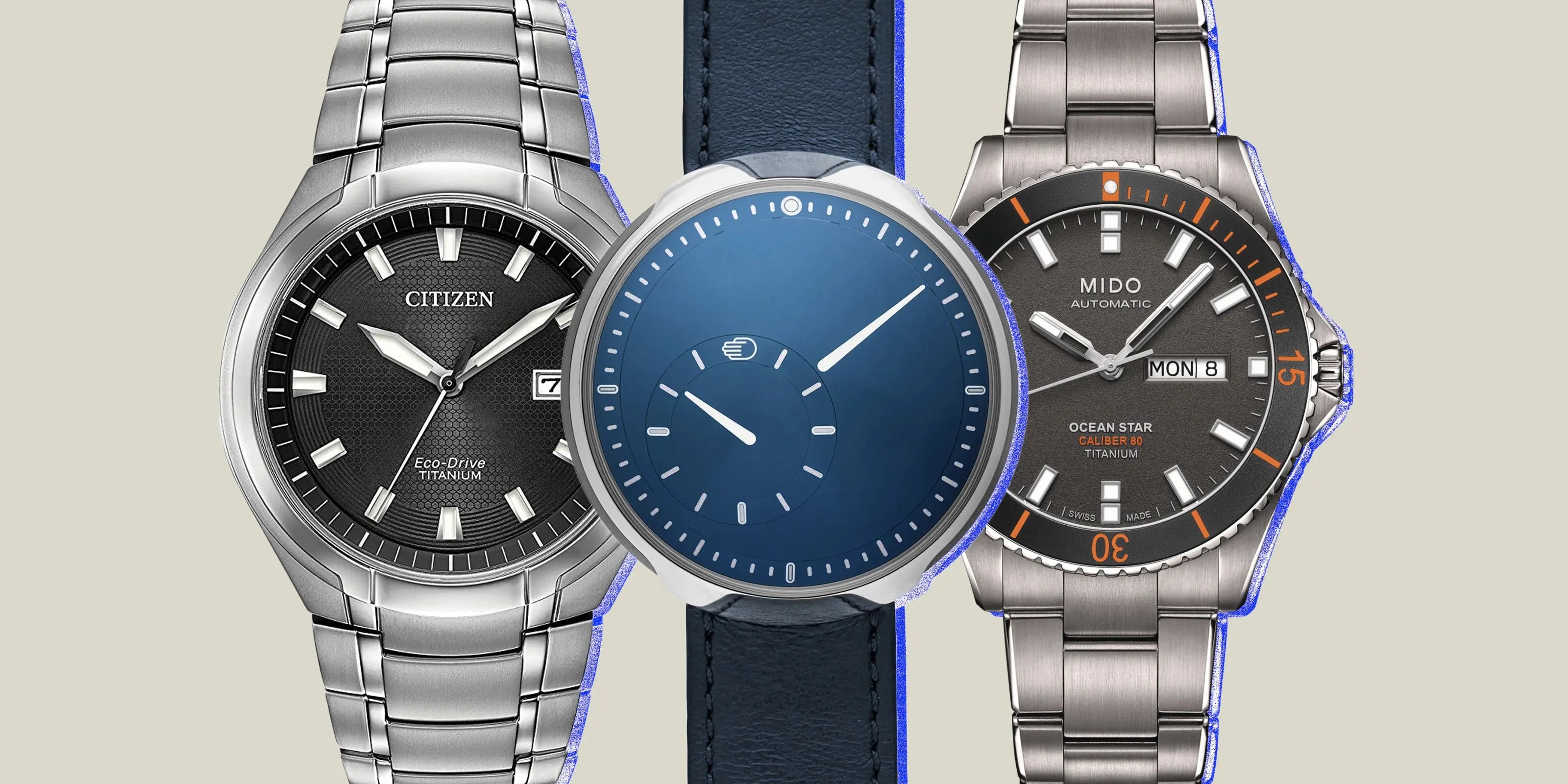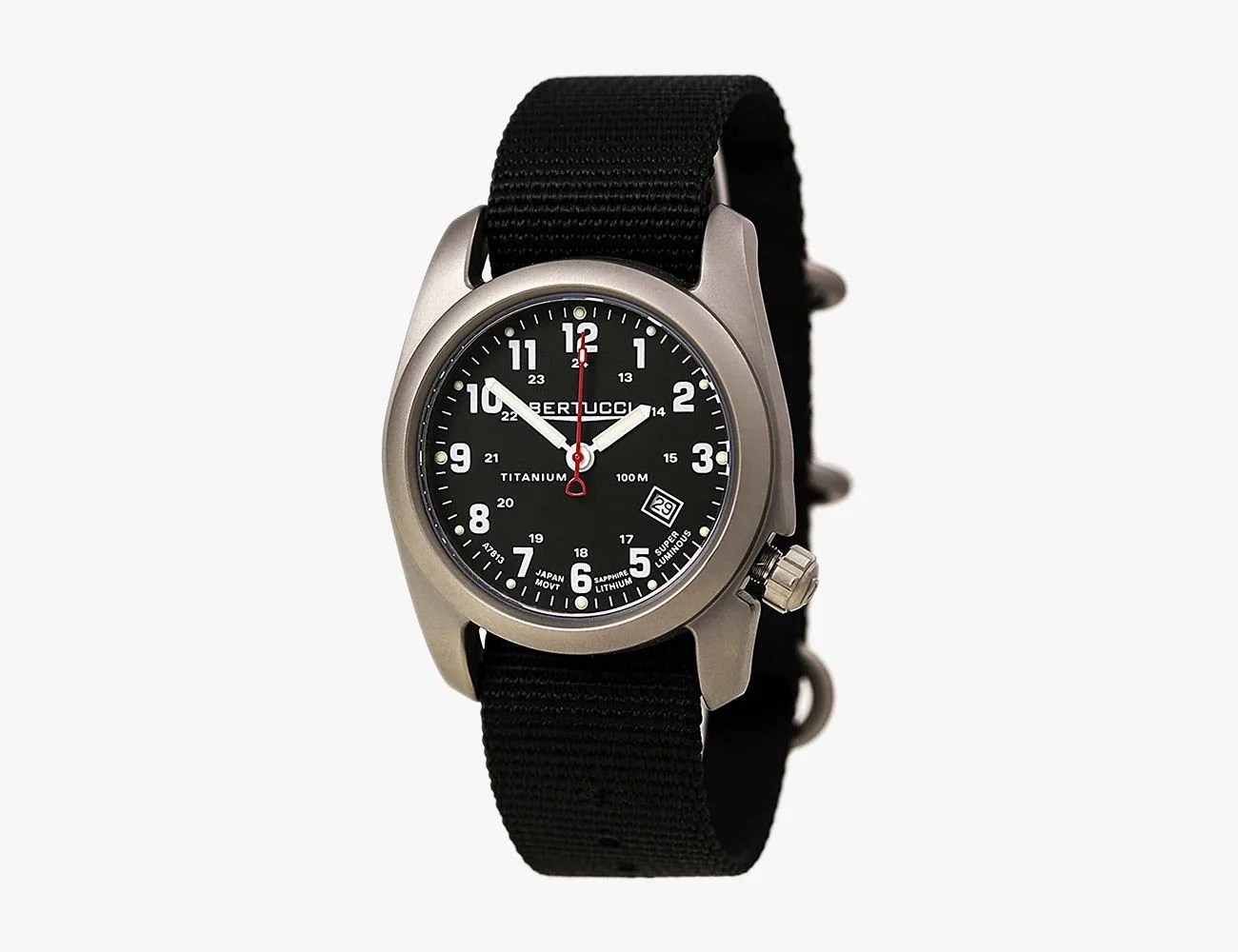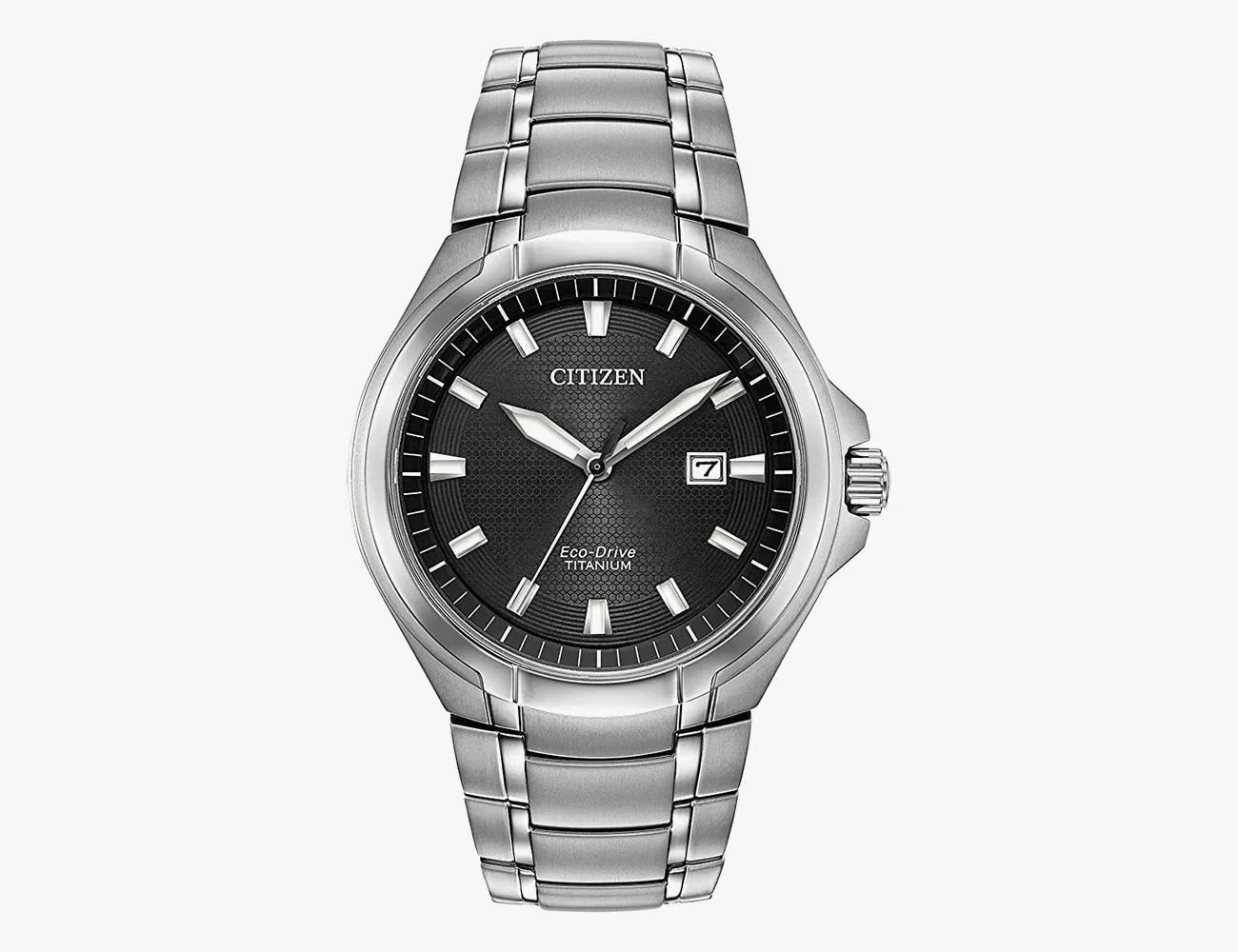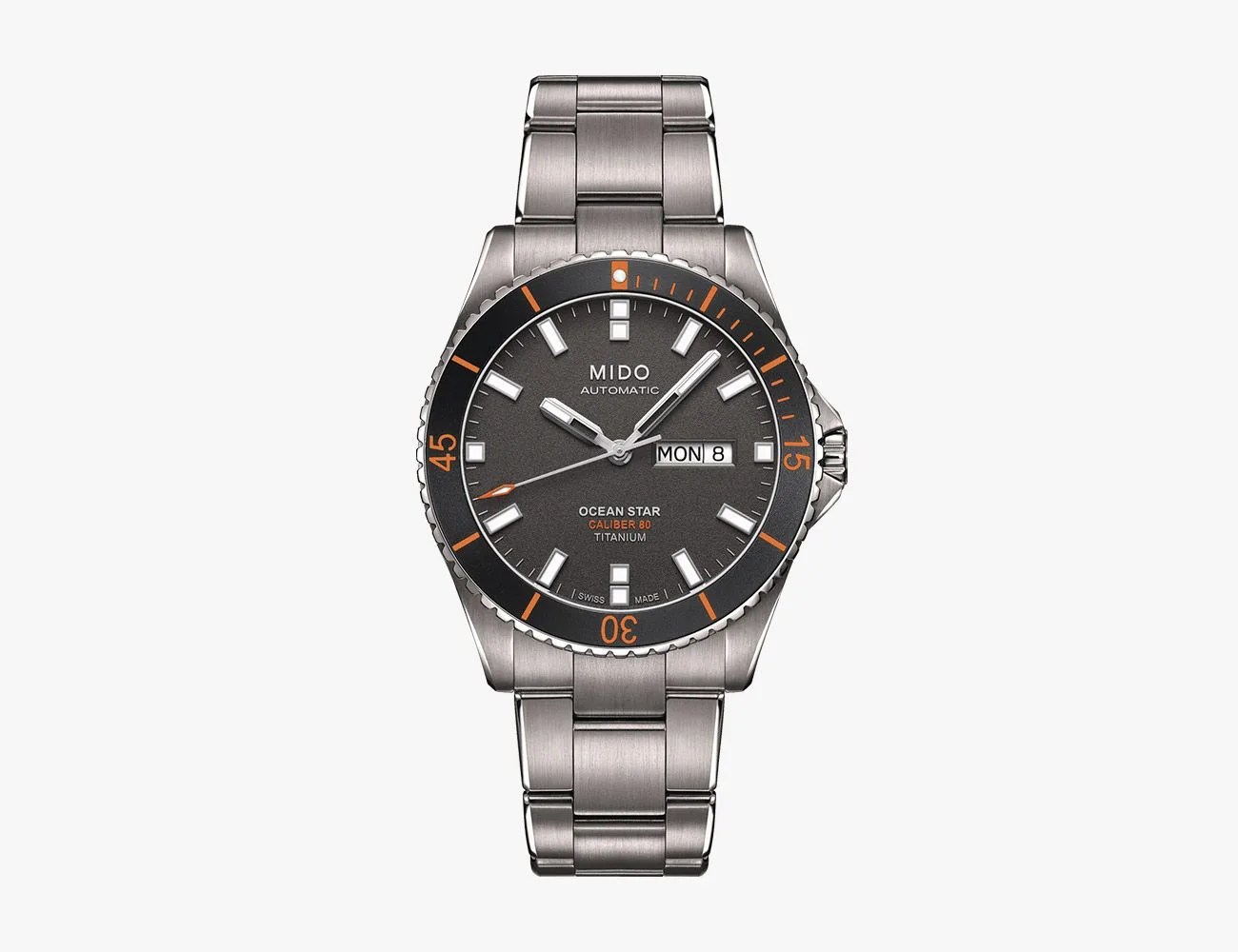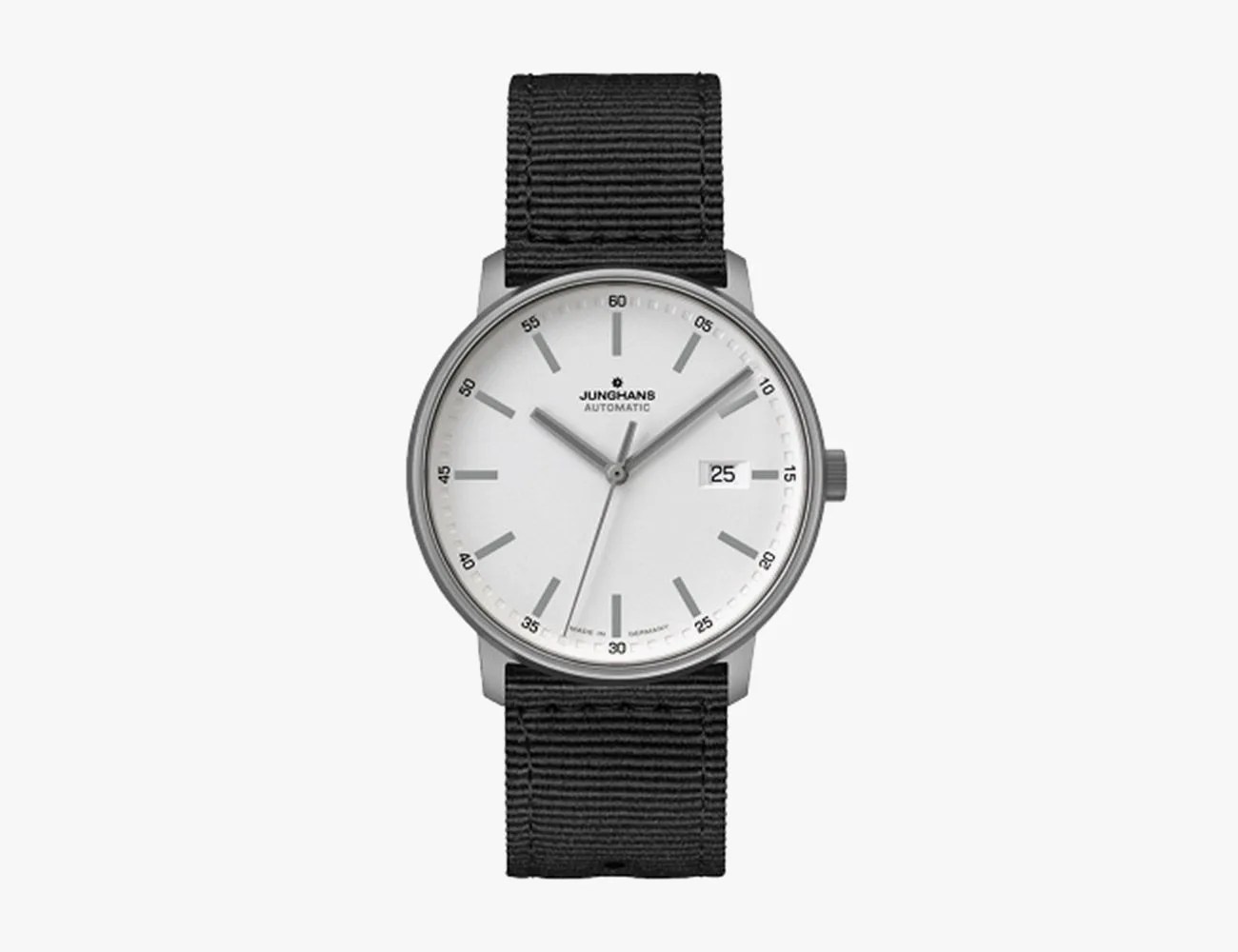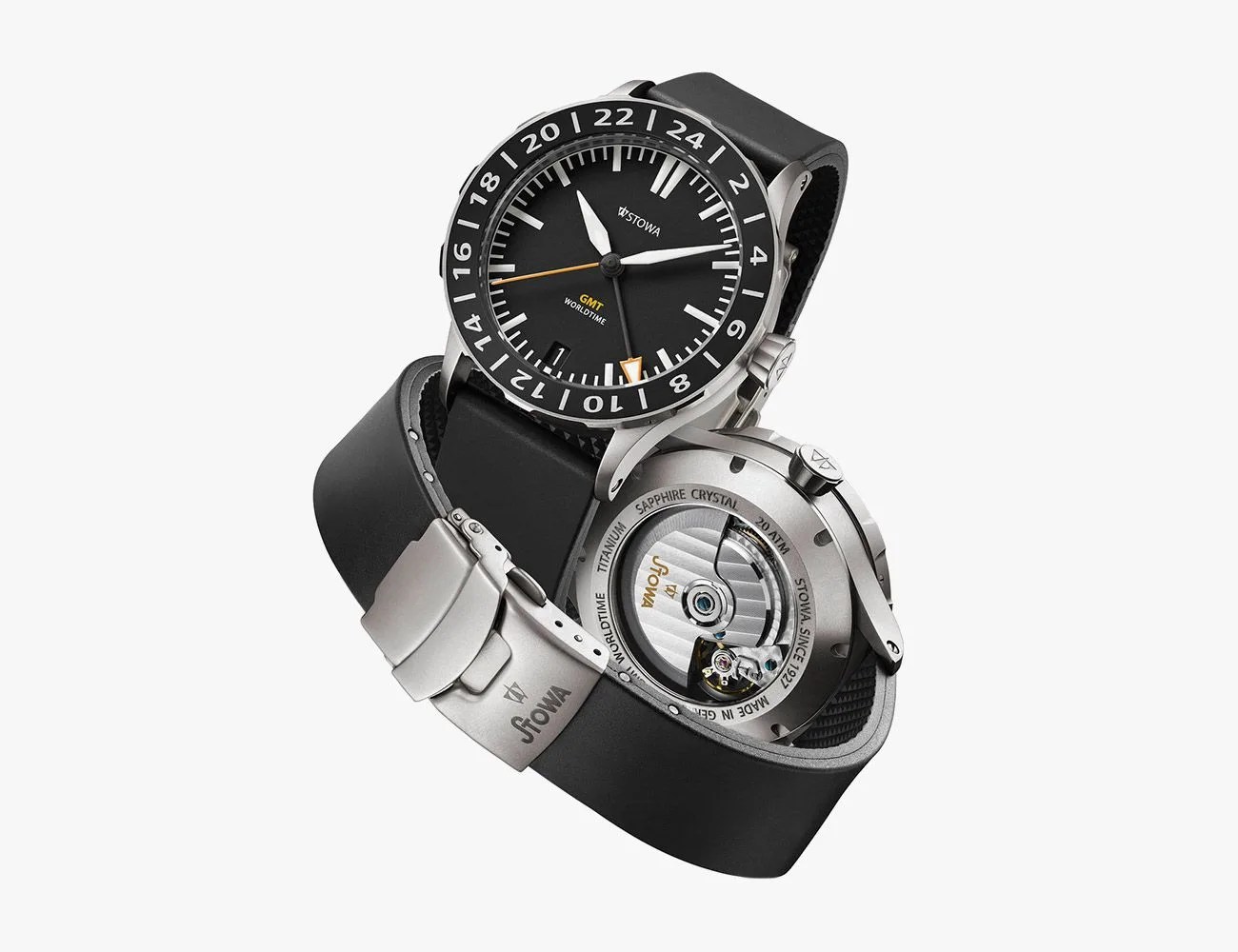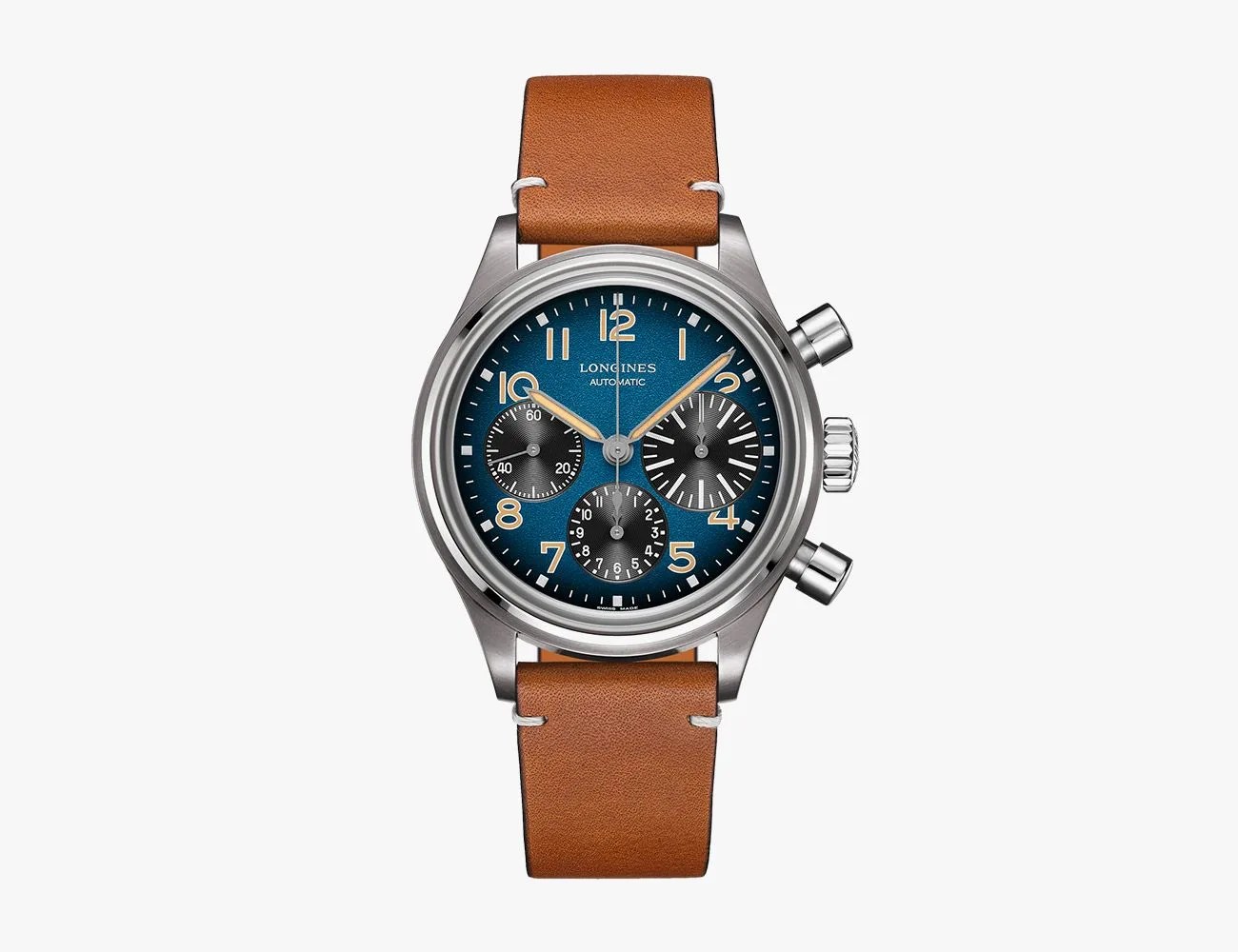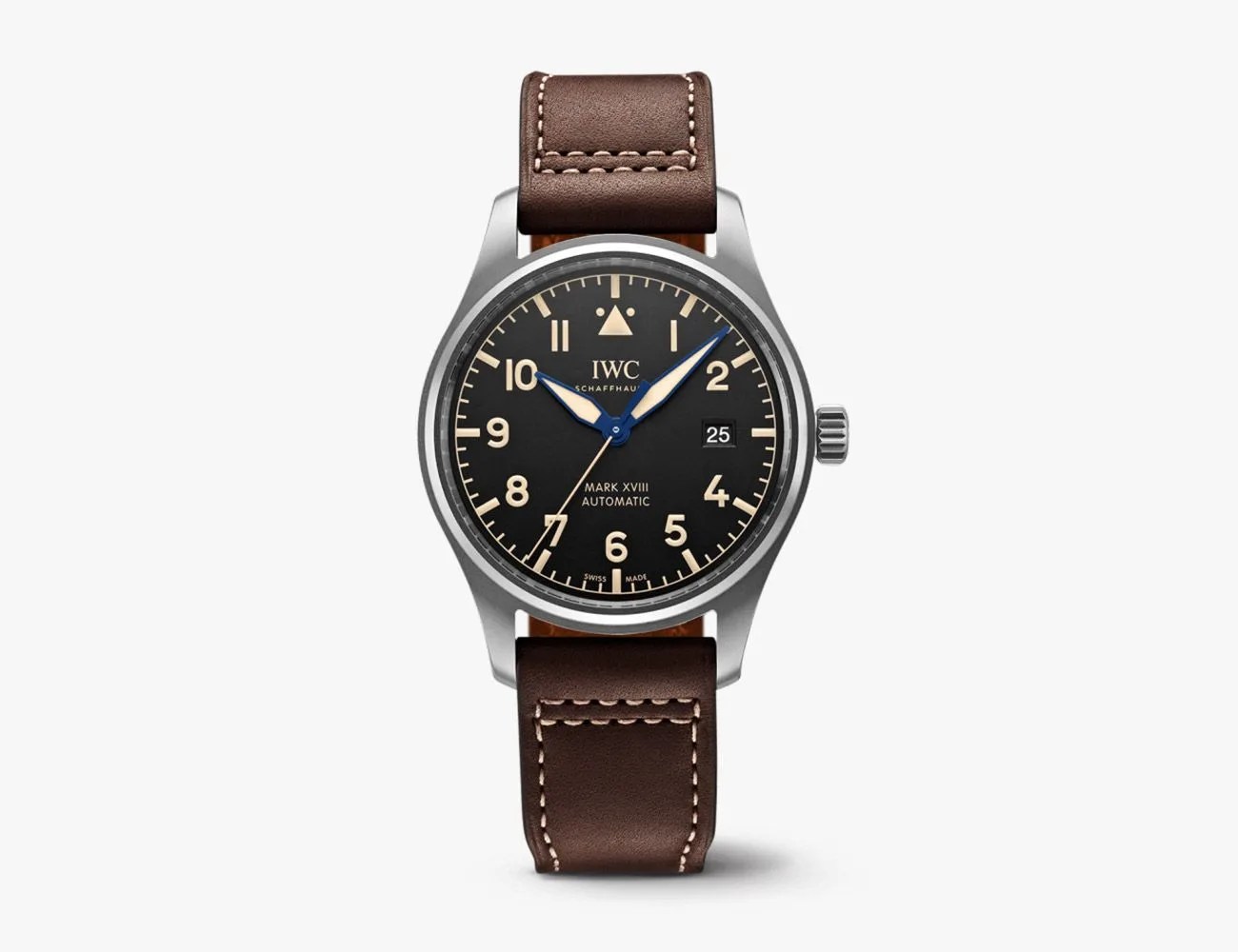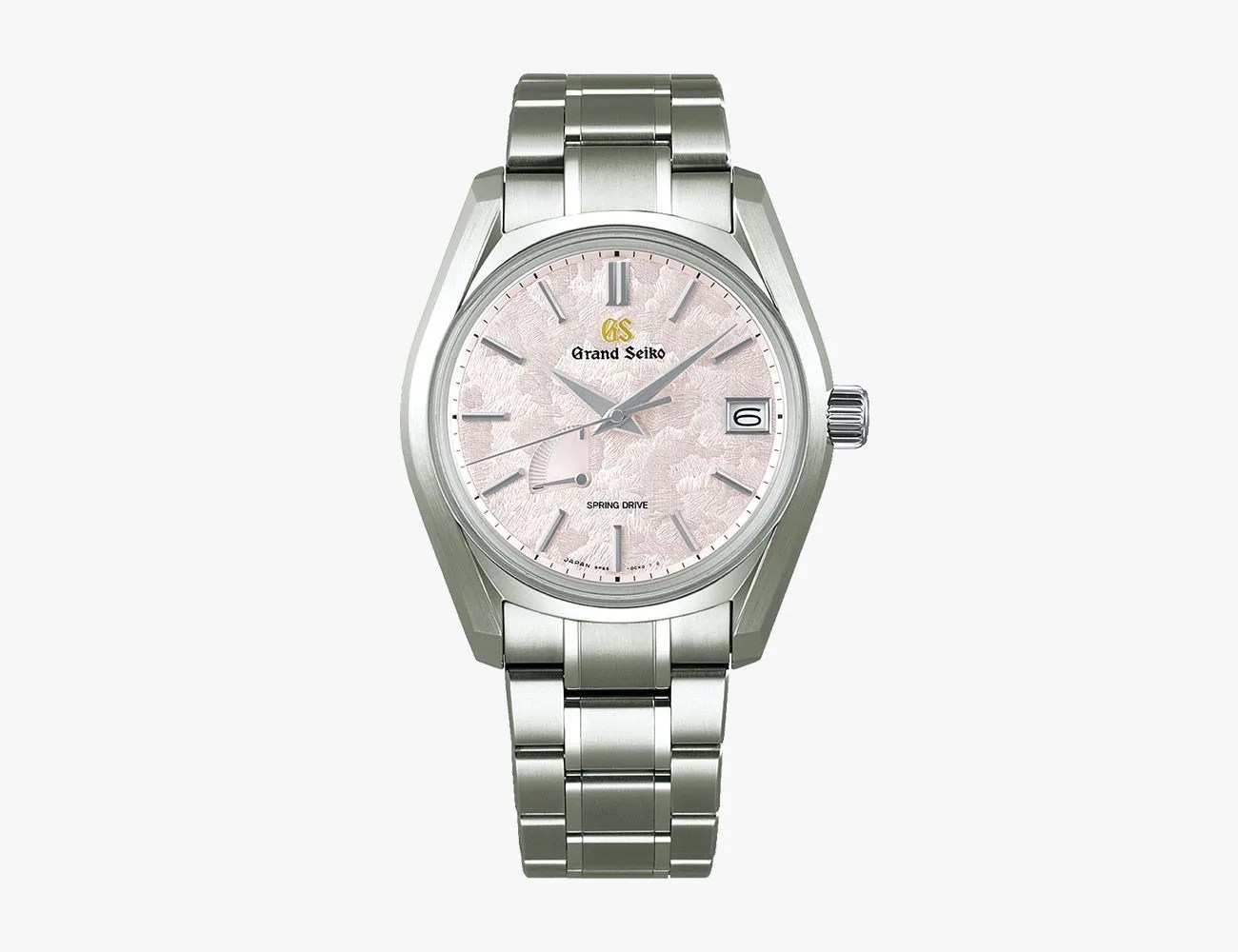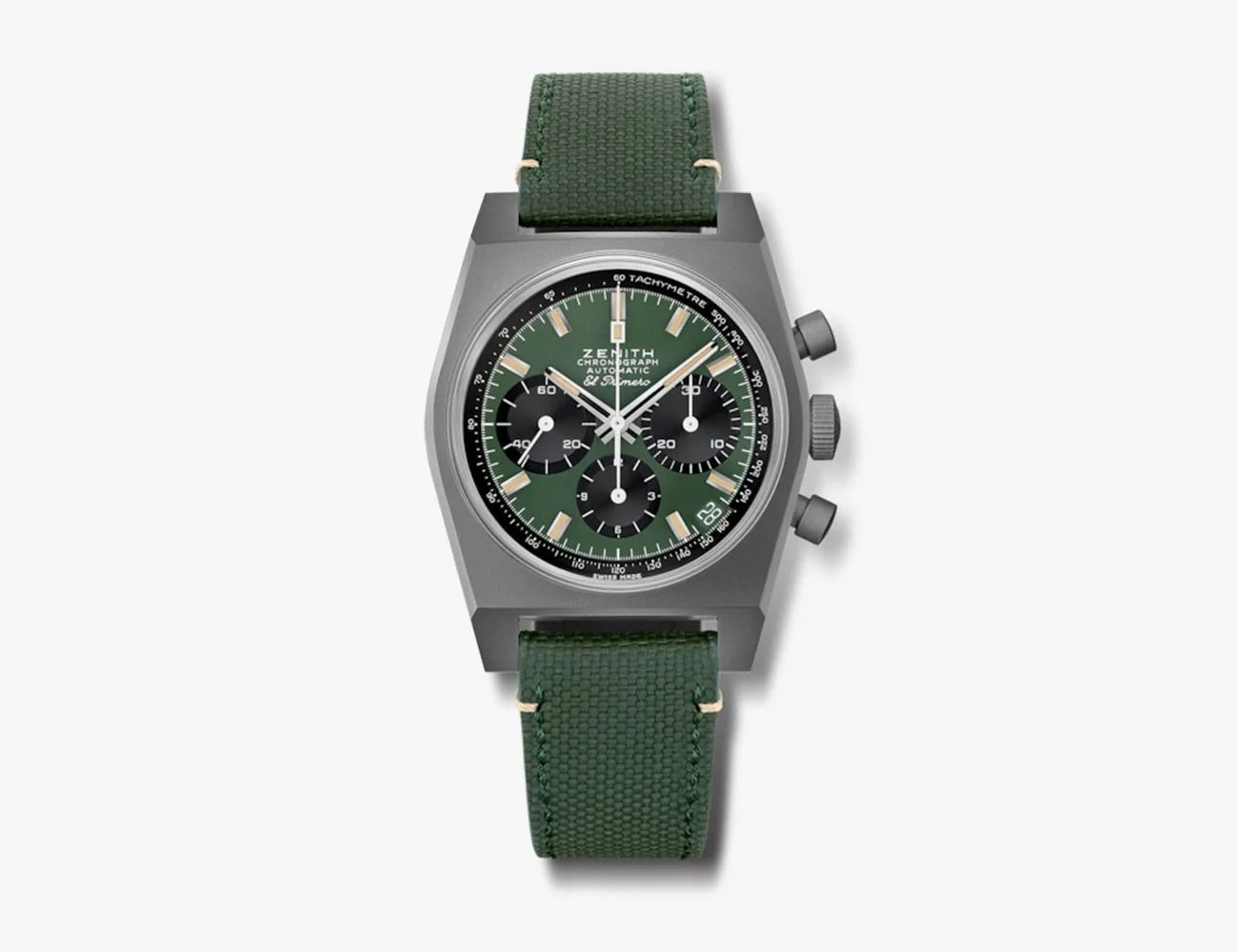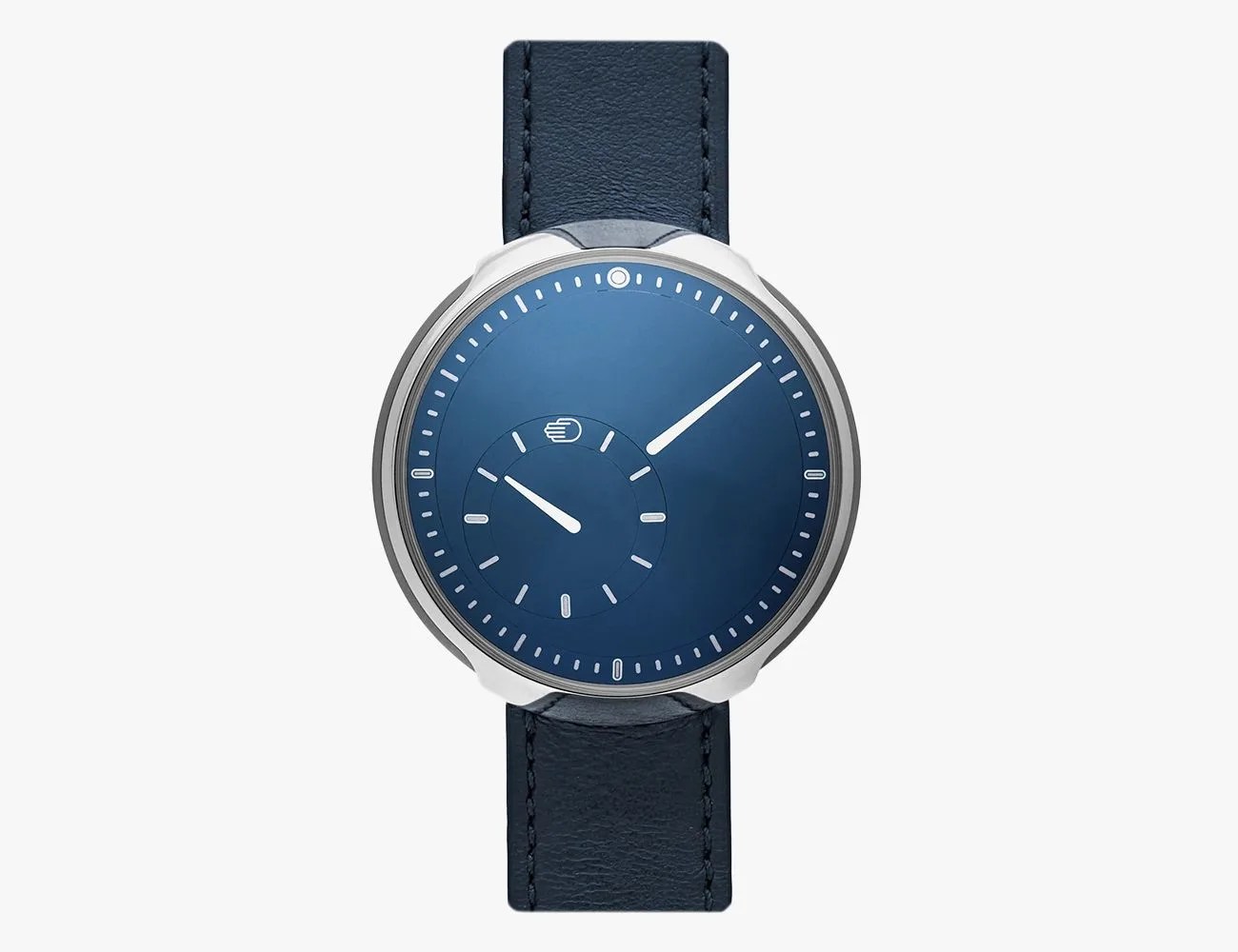Though the use of titanium in wristwatches dates as far back as 1970 — the Citizen X8 is considered the first — it seems as though the material didn’t really made strides in the industry until relatively recently. It’s a wonder that it took so long because, in almost all respects, the material is superior to stainless steel — the industry standard.
Titanium’s strength-to-weight ratio is nearly double that of stainless steel, the reason why it’s been a stalwart in aerospace engineering for decades. This means titanium watches are a fraction of the weight of a comparable stainless steel watch while remaining as strong, if not stronger. Titanium is also anti-magnetic and exceptionally heat-resistant.
Products in the Guide
-
Bertucci A-2T Classic Field Watch
Read more -
Citizen Eco-Drive Paradigm
Read more -
Mido Ocean Star 200
Read more -
Junghans Form A Titan
Read more -
Stowa Flieger GMT
Read more -
Longines Avigation BigEye
Read more -
IWC Pilot’s Mark XVIII Heritage Automatic
Read more -
Grand Seiko Heritage Seasons SBGA413
Read more -
Zenith Chronomaster Revival Safari
Read more -
RessenceType 8C
Read more
Most importantly, though, is the fact that titanium is virtually impervious to corrosion. This means that it’s hypoallergenic. In the presence of oxygen, titanium develops a thin oxide film that prevents it from interacting with its surroundings (in this case, your skin). Many stainless steels, on the other hand, contain nickel, which is a deceptively common allergen; according to the Centers for Disease Control and Prevention, some 10 to 20 percent of the population can have reactions. This is the reason titanium is the metal of choice for medical implants and why many jewelers offer titanium jewelry as an alternative to folks who might react to the residual nickel in silver or gold.
If there is a downside to titanium, it’s that it has more of a tendency to show scratches, though most watchmakers use surface treatments to keep them clean-looking — and this essentially negates the only downside to titanium. In the end, the overwhelming upsides are worth it because the result is so damn comfortable, so much so that you can often forget you’re wearing a watch. That’s reason enough to have titanium in your collection, and these ten examples, in particular, are especially worth seeking out.
Titanium vs Steel: Can You Tell the Difference?
Yes, absolutely. Firstly, and most importantly, the weight in your hand and on your wrist will be noticeably distinct. Some people don’t like the lighter feel as they associate it with something like plastic and that heavier things have greater value and strength — in fact, titanium is a more premium material than steel, and it’s stronger, too.
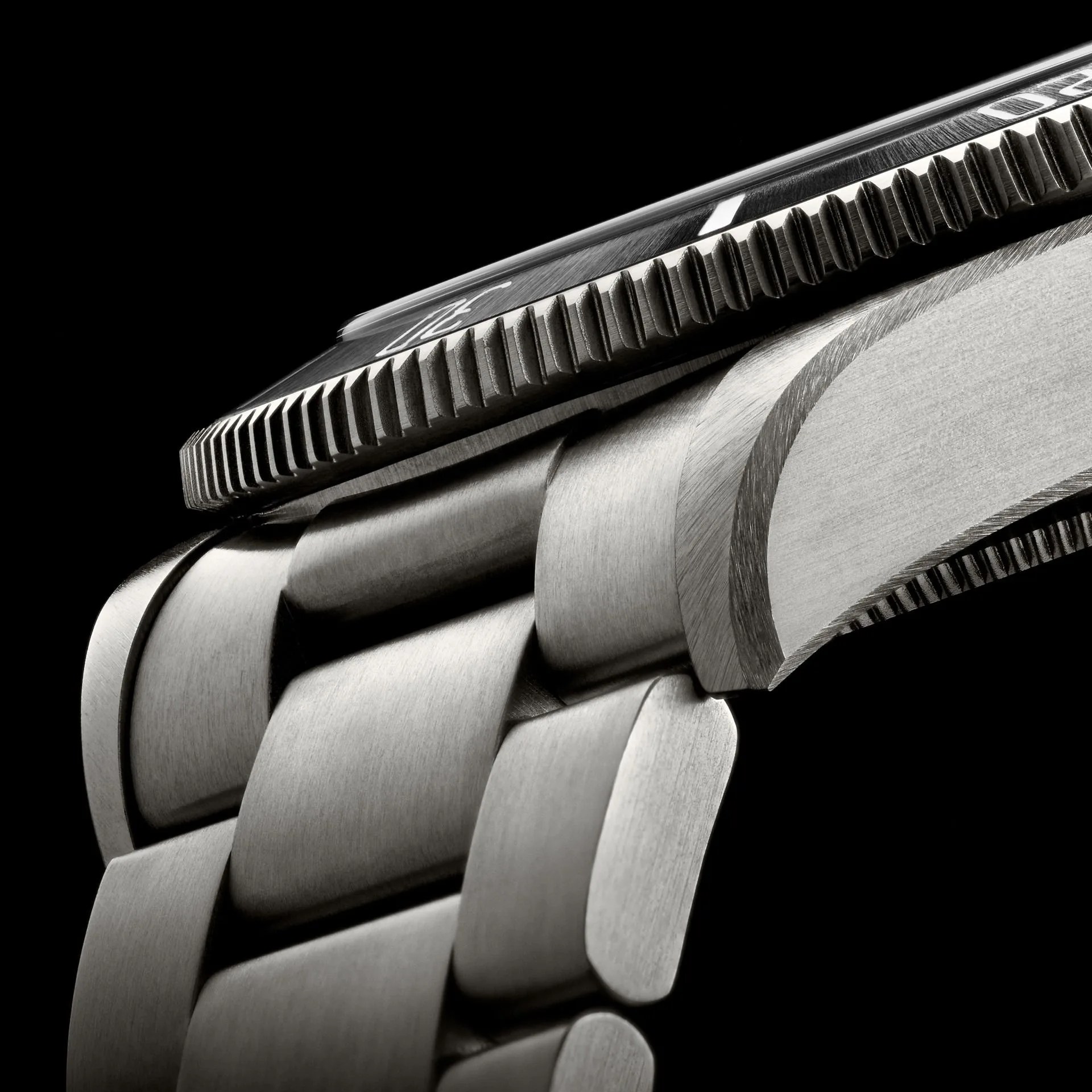 Courtesy
Courtesy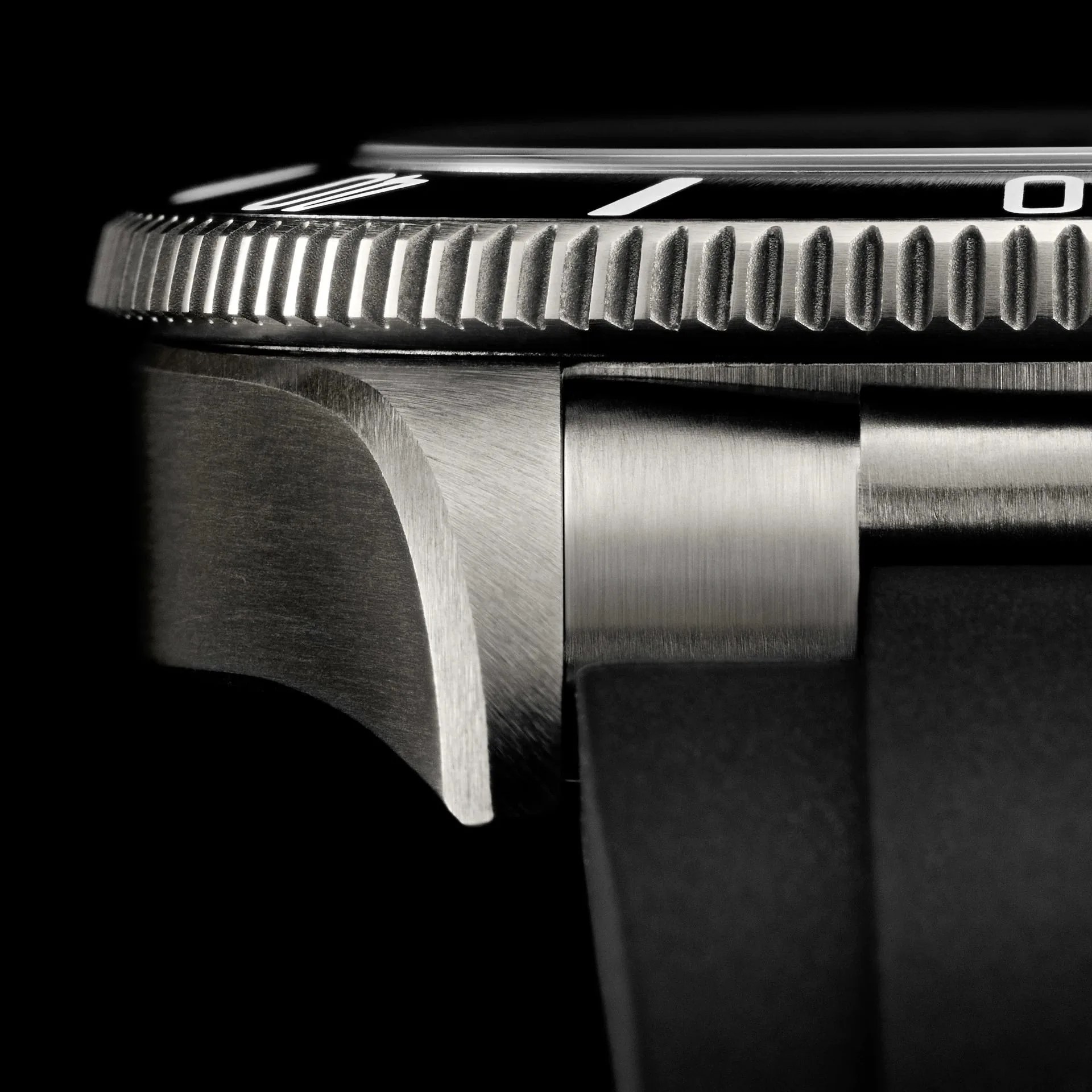 Courtesy
CourtesyIt’s a bit more subtle, but titanium also has a distinct visual quality, though this isn’t often apparent in photos. It’s hard to describe, but it’s got a warmer hue but also tends to have a duller shine than steel — but you won’t notice this if the titanium has been treated with the likes of a colored coating like DLC. Even more low-key is the texture of titanium on the skin which can be subtly silky.
